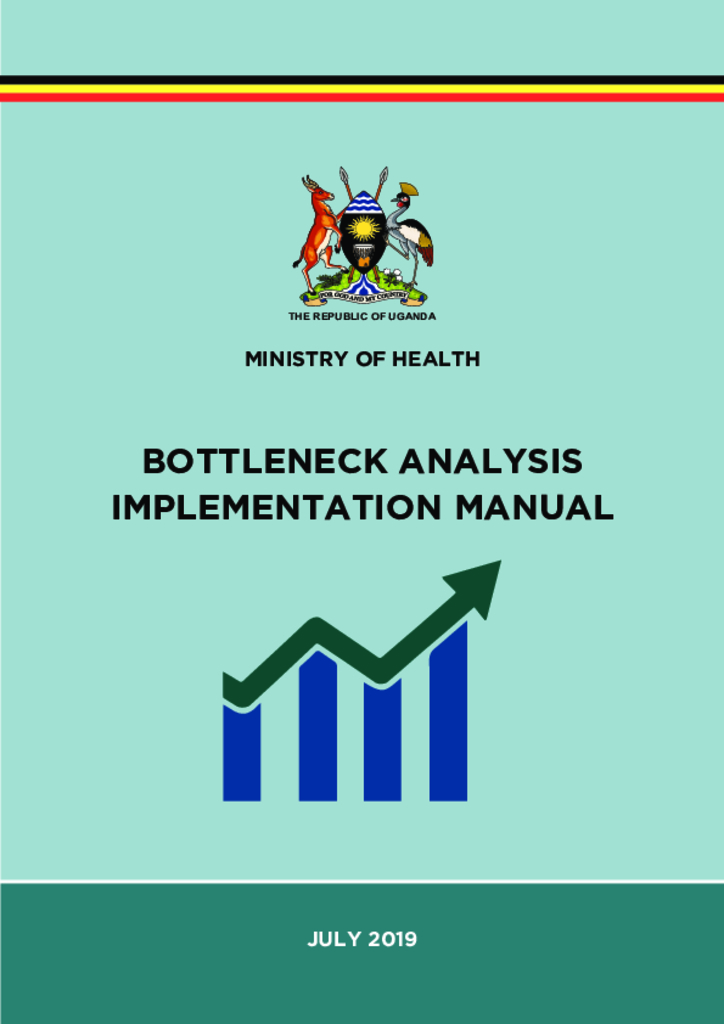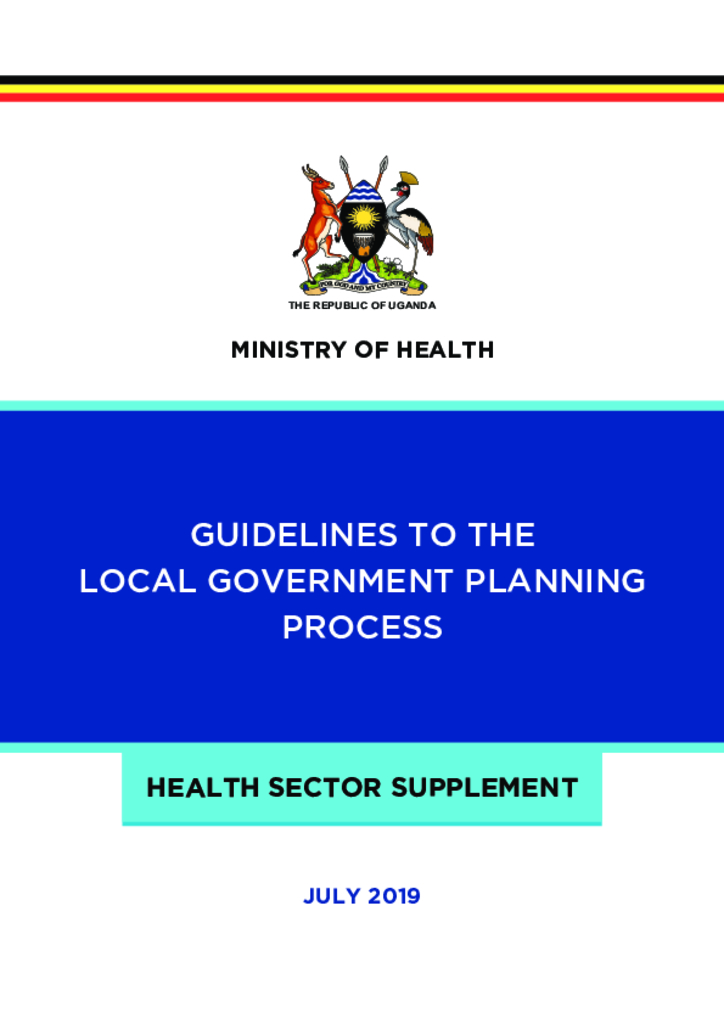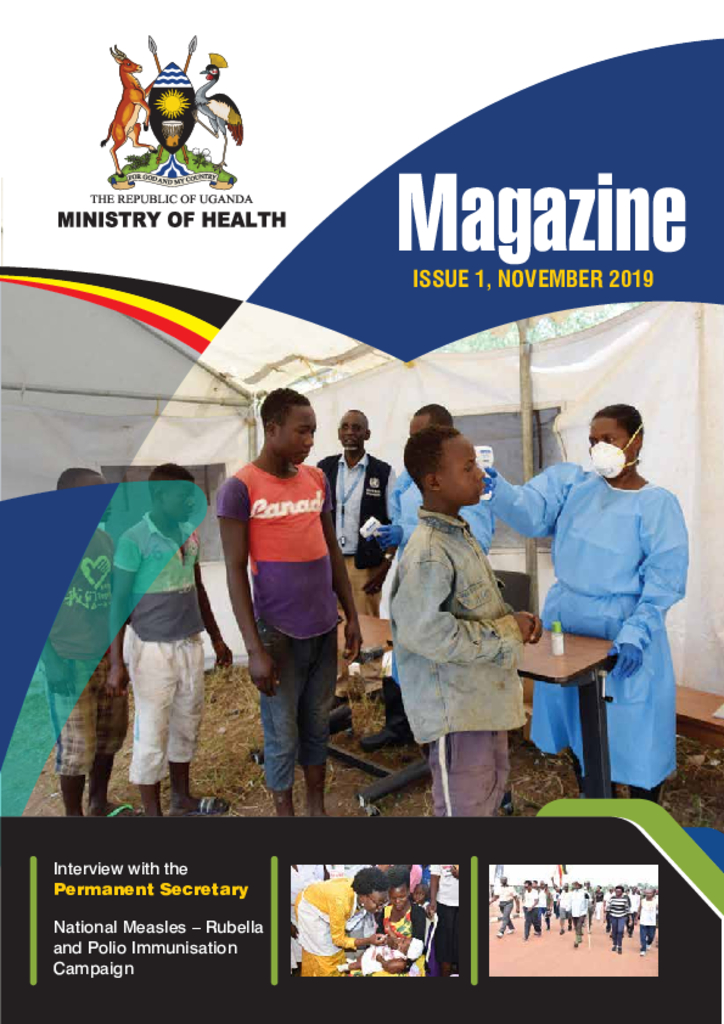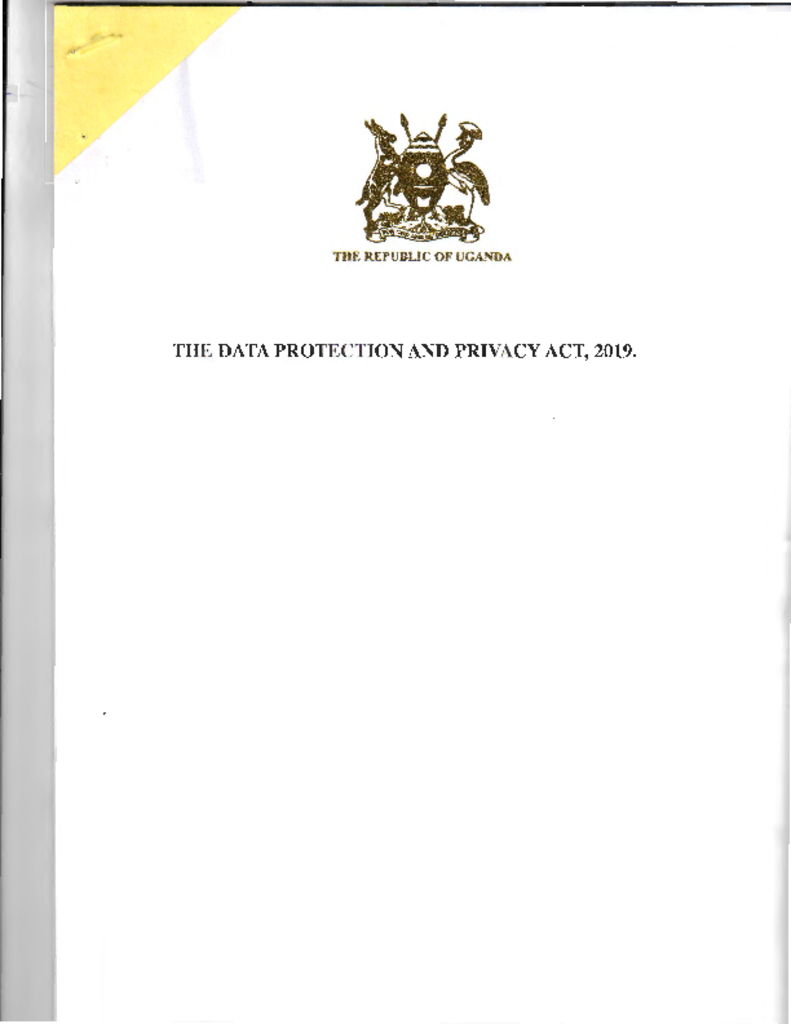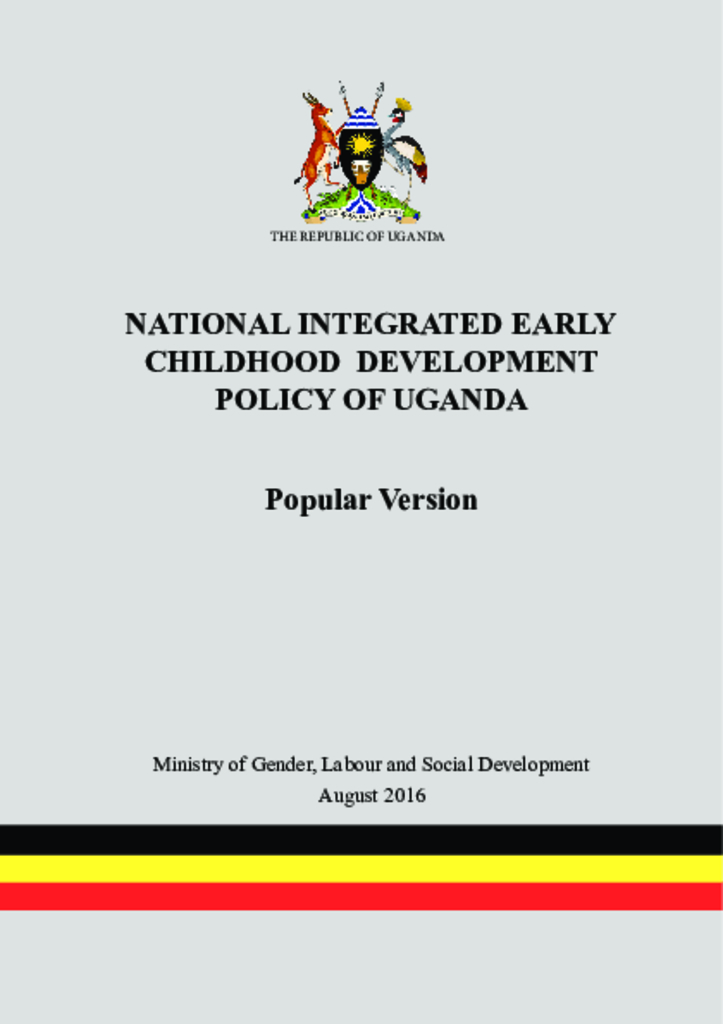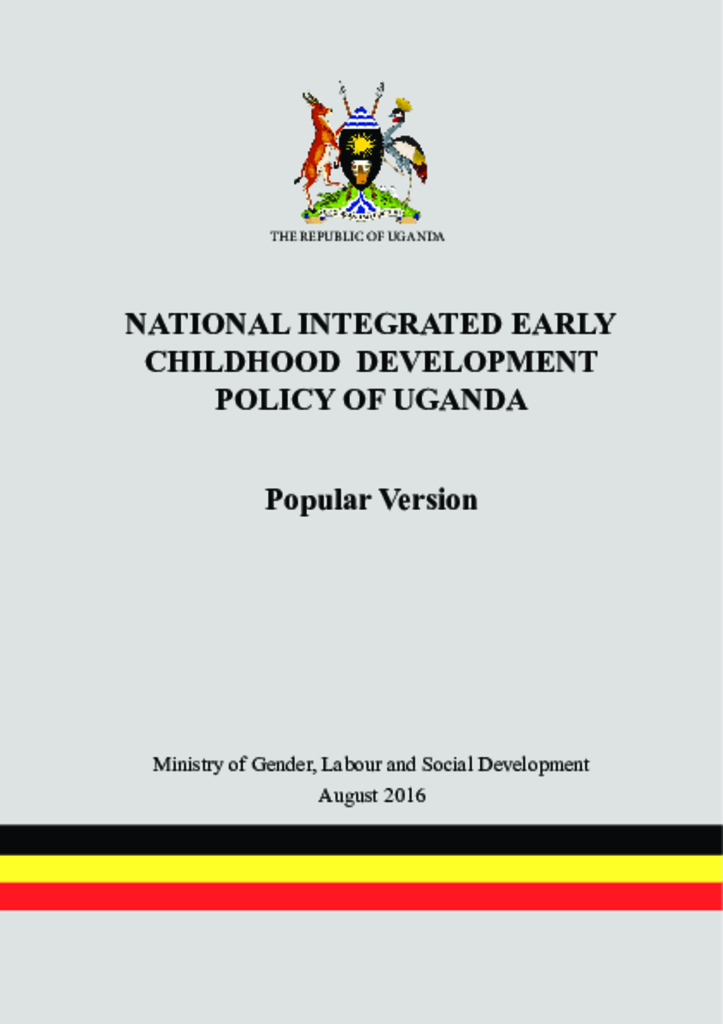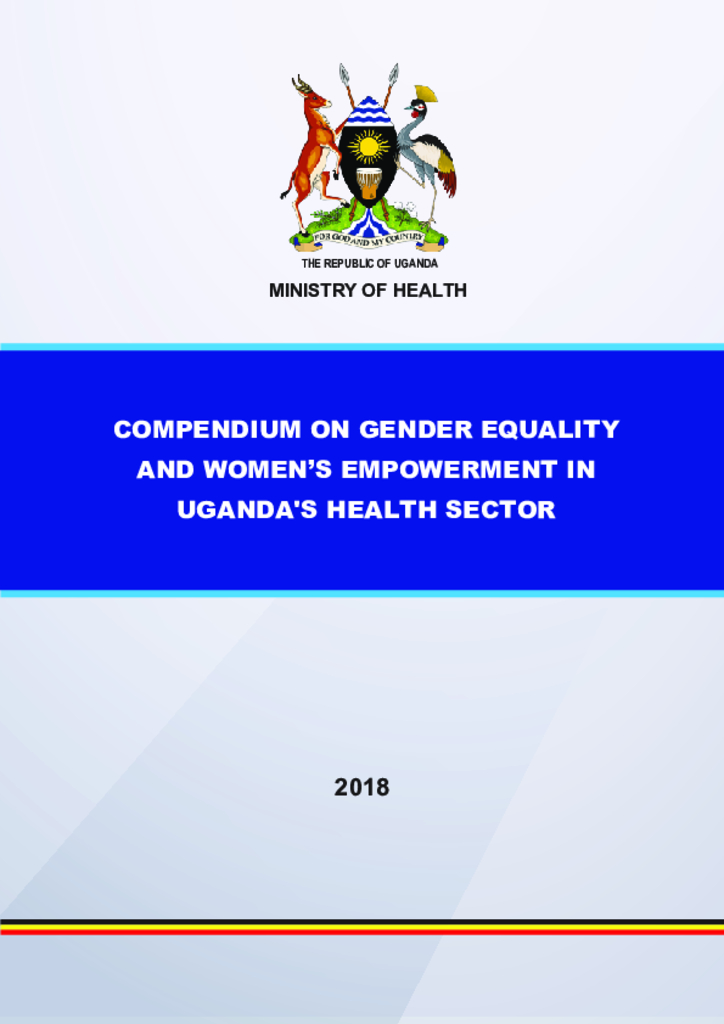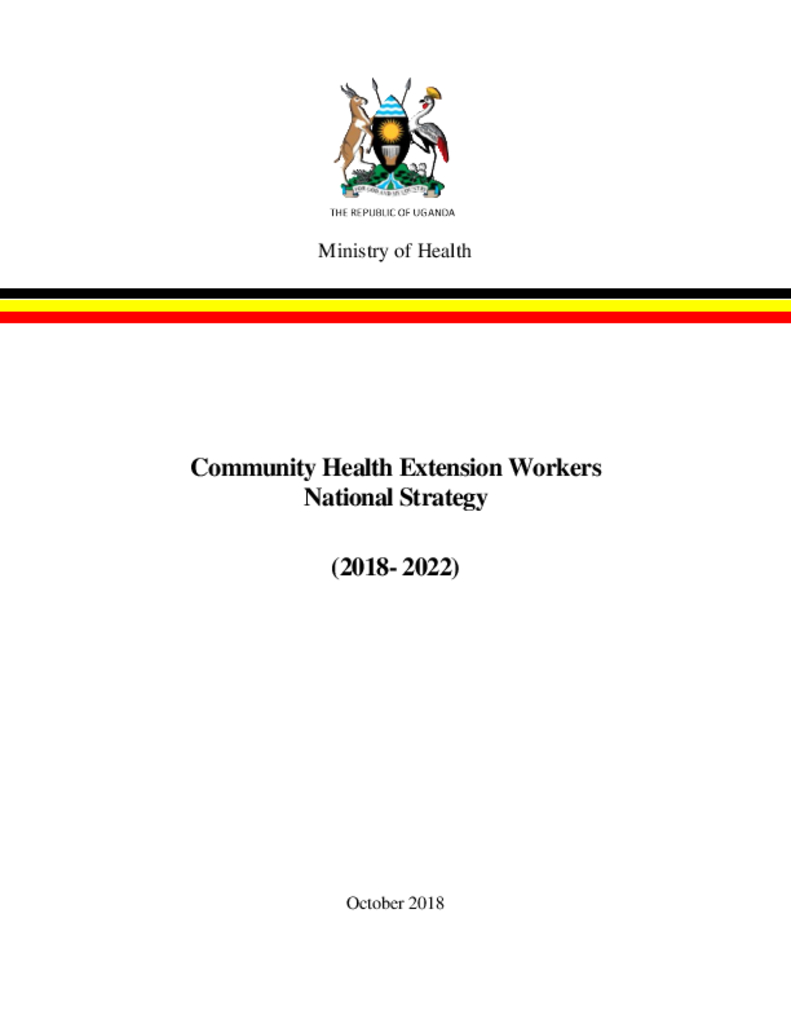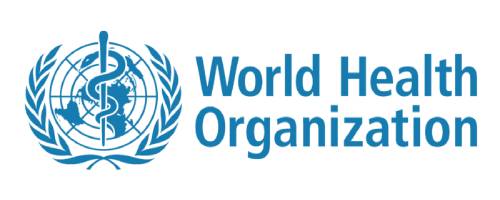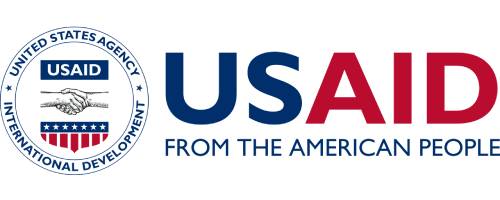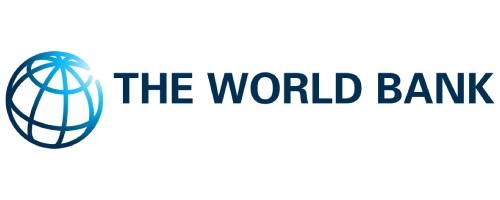The Clients Charter was introduced under the Public Service Reform Programme, as a tool to strengthen the demand side of accountability for service delivery. In this regard, the clients charter has been embranced in the health sector.
This charter spells out the roles, responsibilities and commitments of the MOH to their clients in the Public and private sector at the National, Regional, district, health facility, community and individual level.
The Ministry of Health has developed the 2019 supplement to include the Bottle Neck Analysis Manual which will help in guiding the development of both central and local government health work-plans. The main aim of the Bottle Neck analysis manual is to aid evidence-based planning to increase effective coverage of high impact interventions particularly for underserved populations by identifying priority bottlenecks to health system performance and local solutions to resolve them.
Additional objectives for the manual include:
• Tracking progress towards improved coverage with equity.
• Strengthen sub-national management & governance for health, increasing the capacity of decentralized management teams to use local data use for planning, management and timely course correction and engage communities and stakeholders as key partners in improving the health of children and women.
The Planning Guidelines herein are geared at improving governance and accountability of the health sector by enhancing coordination of the planning process through: • Introducing the district comprehensive health workplan and budget concept. Interventions and activities supported by Health Development Partners and CSOs should also be reflected in the District Annual Plan. • Improving and harmonizing planning tools and budgeting calendars. • Partner mapping and resource alignment with the sector priorities. • Identification of performance bottlenecks, key interventions, indicators and setting performance targets.
The Ministry of Health Uganda mission is ''To provide the highest possible level of health services to all people in Uganda through delivery of preventive, curative, palliative and rehabilitative health services at all levels''.
It’s set up with the mandate of policy formulation and policy dialogue with Health Development Partners, resource mobilization and budgeting, strategic planning, regulation, advising other ministries on health matters, setting standards and quality assurance, capacity development and technical support, provision of nationally coordinated services such as epidemic control, coordination of health research and monitoring and evaluation of the overall sector performance.
This Magazine summarises the news events that shaped the Health sector in the previous financial year (2018/19) and part of the current FY 2019/20). In addition, this publication details some of the major achievements posted by Ministry of Health that are in line with its Vision of “Having a healthy and productive population that contributes to socio-economic growth and national development.”
An Act to protect the privacy of the individual and of personal data by regulating the collection and processing of personal information; to provide for the rights of the persons whose data is collected and the obligations of data collectors, data processers and data controllers; to regulate the use or disclosure of personal
The plan presents an opportunity for the development of comprehensive, integrated, coordinated and multi-sectoral interventions to Early Childhood Development. It also provides guidance and elaborates strategies that Government and partners will employ to undertake the execution of the NIECD policy of Uganda.
IECD Policy includes a variety of strategies and services to provide basic health care, adequate nutrition, nurturing and stimulation within a caring, safe and clean environment for children and their families. IECD hence calls for multi-sectoral collaboration to fulfill needs of the children.
The Management of the Uganda Bureau of Statistics (UBOS) is pleased to present the maiden Gender Statistics Profile for the Agricultural Sector. This report attempts to highlight the existing gender differentials and presents a contemporary overview of gender development issues and concerns in the sector. Gender Profiling for Statistics is part of the various efforts to increase availability of gender responsive data to inform policy and decision making.
The incentive for developing this resource was to compile the legal and policy frameworks pertaining to gender equality and women empowerment initiatives at the international, regional, sub-regional, and national levels applicable in Uganda.
The goal of the strategy is to establish and strengthen the community health system as part of the larger national health system, in order to bring services closer to the community and ensure equitable distribution of community and household-centred health care services. The general objective is to adequately and competently train and launch a cadre of CHEWs to deliver quality, preventive, promotive, and selected basic curative health services at the community level
According to the 2014 Population and Housing Census, Uganda had a population of 34.6 million people and high Total Fertility Rates (TFR) of 5.4 children per woman (UBOS & ICF, 2016) implying a high population growth rate of 3.0%.
The country is a youthful population with 47.9% between 0-14 years, 49.2% between 15 – 64 years and 2.9% above 65 years. In addition to that, the dependency ratio is 103 which implies that for every 100 economically active persons there are 103 dependents.
Furthermore, majority of the population 75% reside in rural areas while only 25% of the population resides in urban areas (UBOS, 2014).

